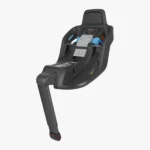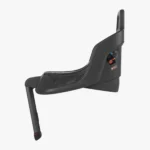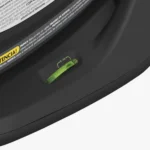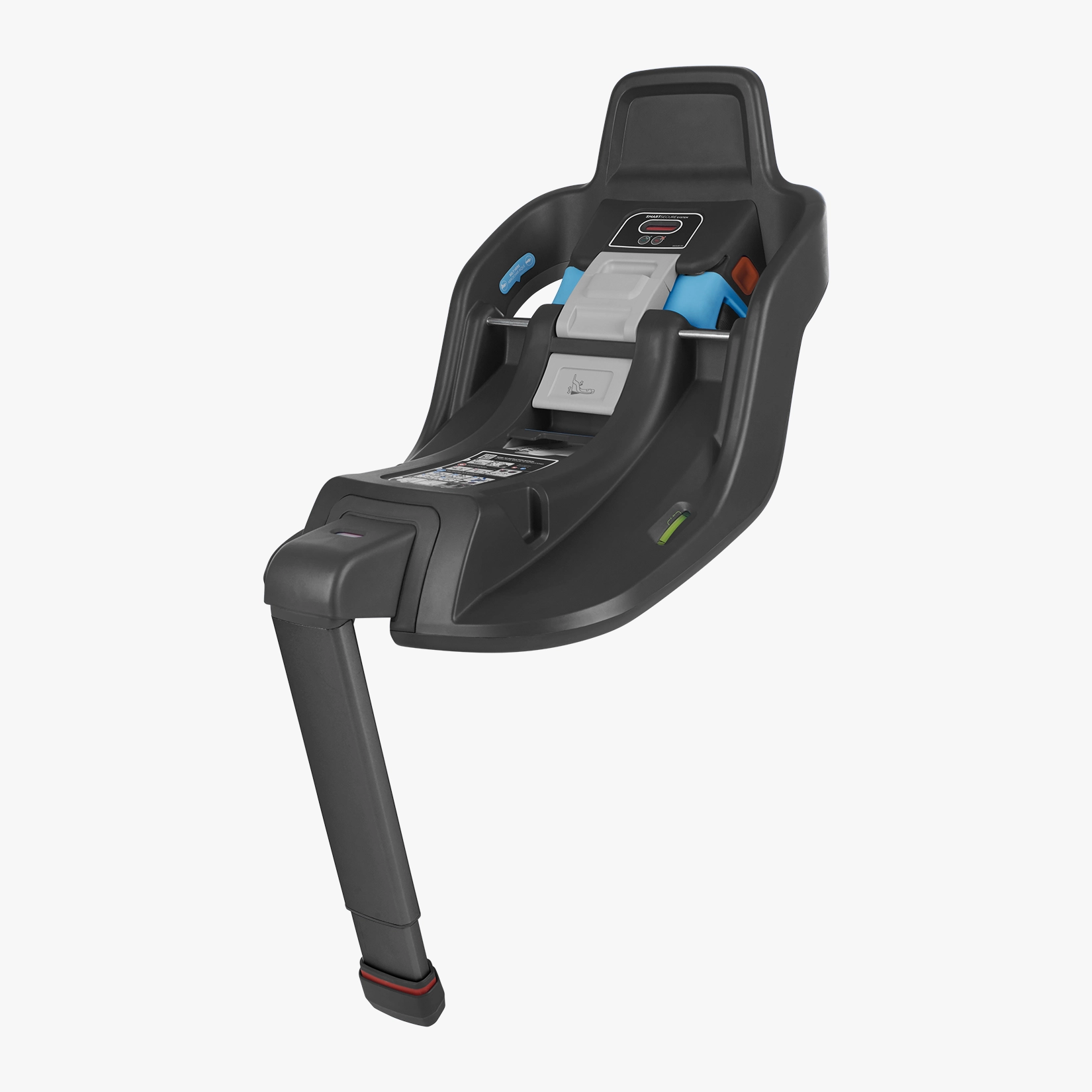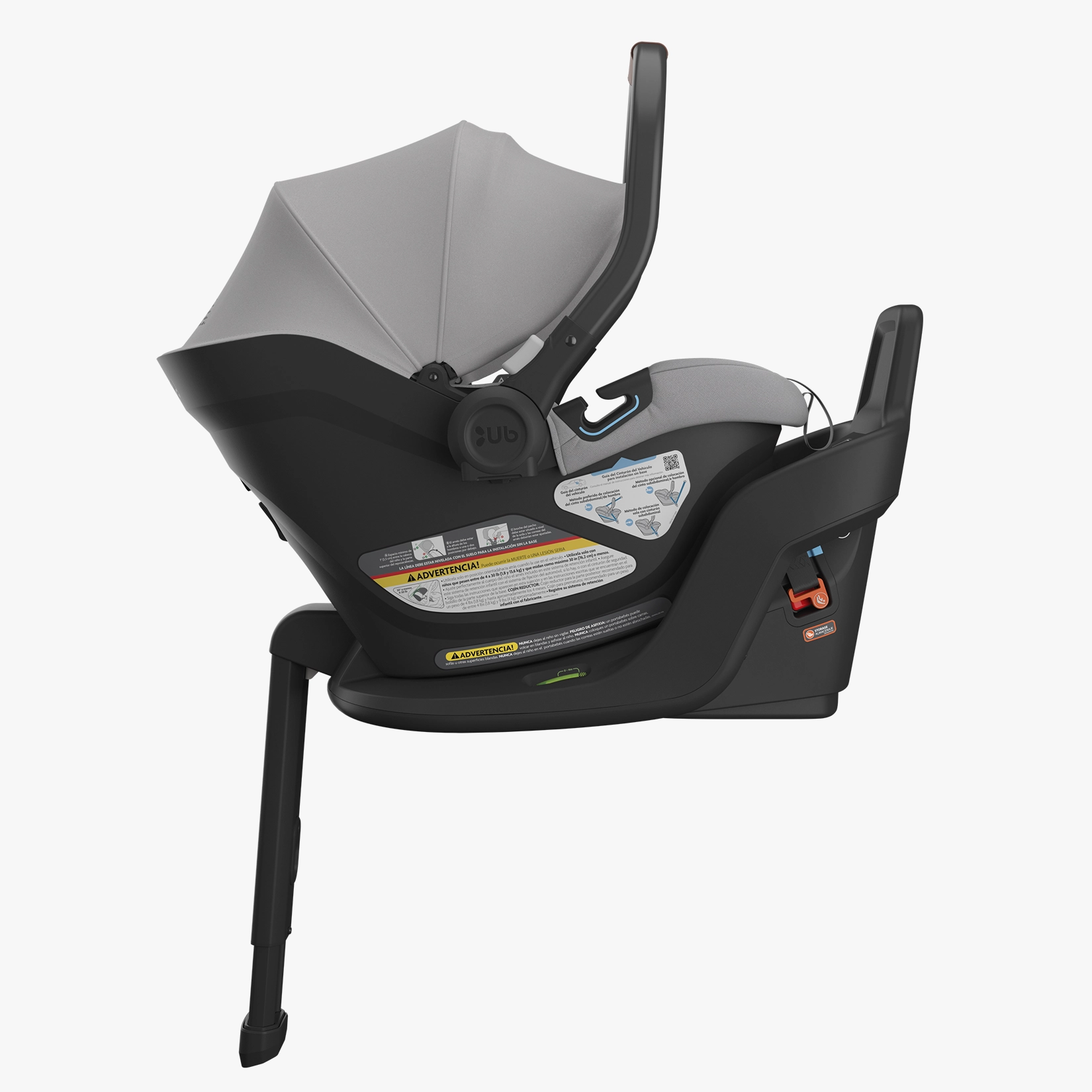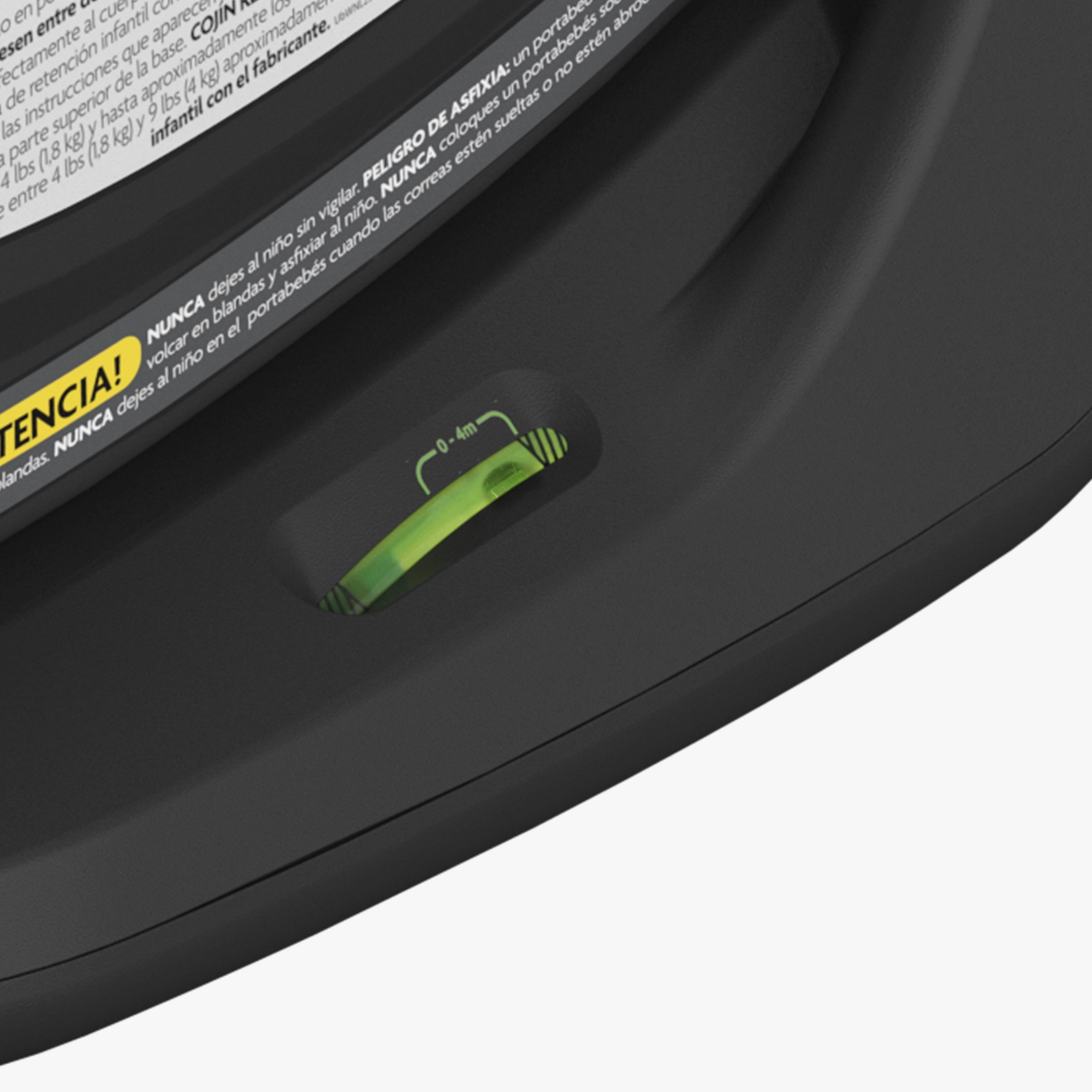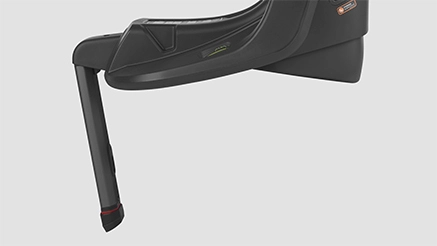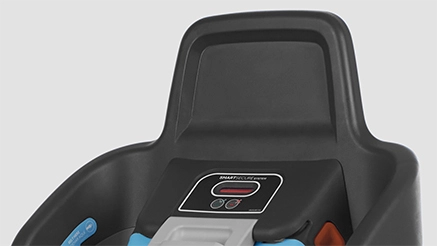An extra Aria Infant Car Seat base allows you flexibility and ease of travel. Ideal for multiple family vehicles – no more swapping car seat bases between relatives, babysitters or spouses!

Ensured Safety for Every Ride
Having an extra car seat base makes life a breeze when you’re switching between cars. You can install your child’s seat quickly and safely in different vehicles, giving you total peace of mind and making those on-the-go moments a whole lot easier.

